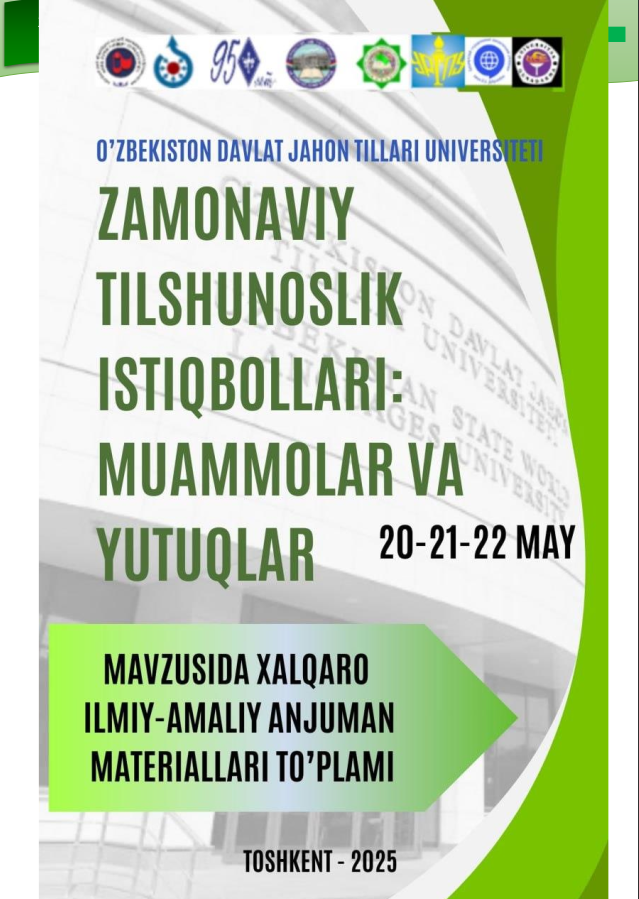BRIDGING THEORY AND PRACTICE: INNOVATIVE APPROACHES IN FOREIGN LANGUAGE PEDAGOGY
https://doi.org/10.5281/zenodo.15590302
Kalit so‘zlar
innovative approach, technology, theory, interaction, gamification, communicative competenceAnnotasiya
This article examines the relationship between linguistic theory and classroom practice in foreign language teaching. It reviews recent empirical research based on innovative approaches such as virtual exchanges, Augmented Reality (AR), Mobile-Based Language Learning (MALL) and Task-Based Language Learning (TBLT). The purpose of the article is to show how these methods effectively combine the theoretical framework with the practical teaching process and increase students' communication competence and participation. Research shows that combining technology and authentic interaction improves language acquisition and supports learner independence.
Foydalanilgan adabiyotlar ro‘yhati
O’Dowd, R. (2018). From telecollaboration to virtual exchange: State-of-the-art and the role of UNICollaboration in moving forward. Journal of Virtual Exchange, 1, 1-23. https://doi.org/10.14705/rpnet.2018.jve.1
Belz, J. A., & Müller-Hartmann, A. (2003). Professional foreign language competence through telecollaboration. Language Learning & Technology, 7(2), 145-161.
Ibrahim, A., Huynh, B., Downey, J., Höllerer, T., Chun, D., & O'Donovan, J. (2017). ARbis Pictus: A study of language learning with augmented reality. arXiv preprint arXiv:1711.11243. https://arxiv.org/abs/1711.11243
Tarasenko, R., Amelina, S., Kazhan, Y., & Bondarenko, O. (2022). The use of AR elements in the study of foreign languages at the university. arXiv preprint arXiv:2202.09161. https://arxiv.org/abs/2202.09161
Viberg, O., & Kukulska-Hulme, A. (2021). Fostering learners’ self-regulation and collaboration skills and strategies for mobile language learning beyond the classroom. British Journal of Educational Technology, 52(1), 275-292. https://doi.org/10.1111/bjet.13058
Godwin-Jones, R. (2018). Using mobile technology to develop language skills and cultural understanding. Language Learning & Technology, 22(3), 1-17.
Larsen-Freeman, D. (1997). Chaos/complexity science and second language acquisition. Applied Linguistics, 18(2), 141-165. https://doi.org/10.1093/applin/18.2.141
Ellis, R. (2009). Task-based language teaching: Sorting out the misunderstandings. International Journal of Applied Linguistics, 19(3), 221-246. https://doi.org/10.1111/j.1473-4192.2009.00231.x

